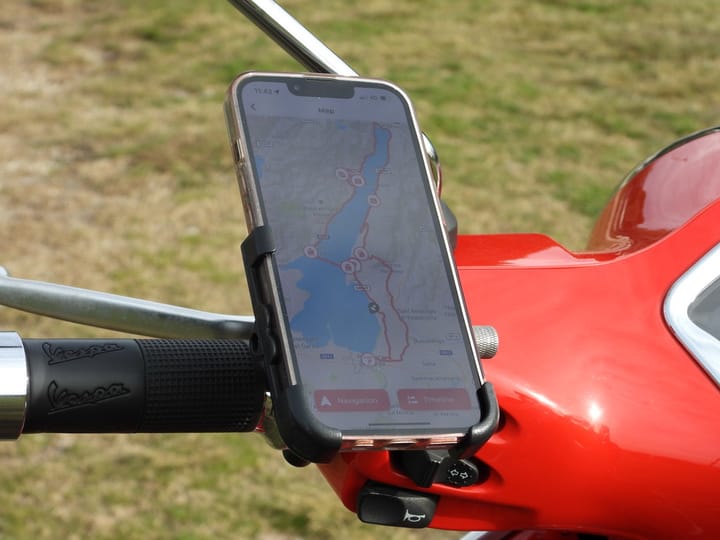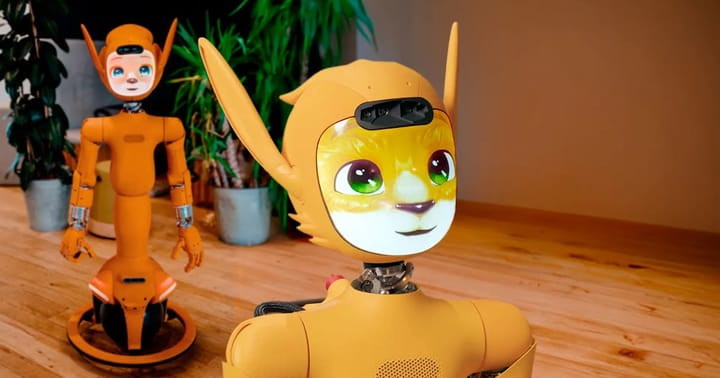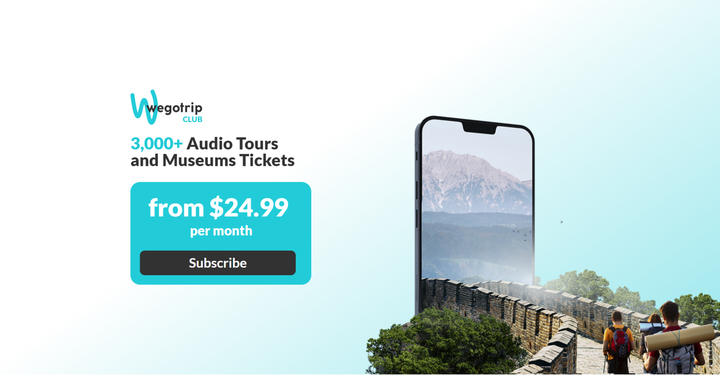Audio Isn't Enough: Key Insights from Xsite AI Pilot at the Israel Museum
Recent studies highlight a clear trend: traditional audio guides are no longer meeting visitor expectations, achieving only 32% satisfaction. At Xsite, we’ve seen this firsthand through our latest pilot
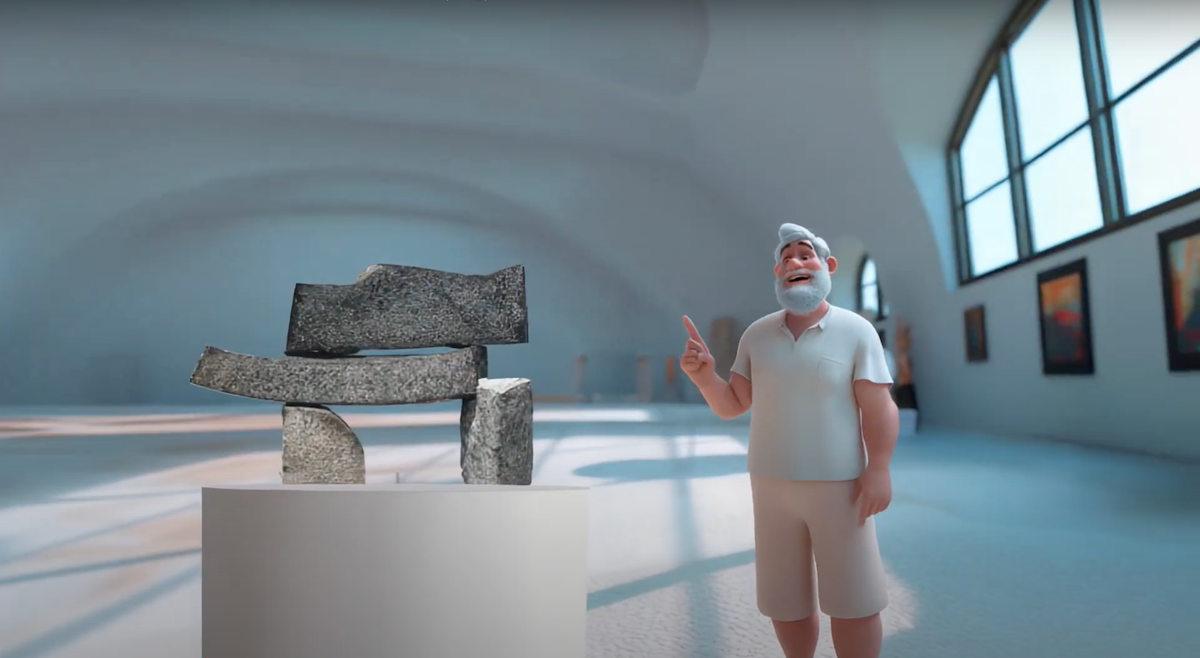
This is a guest post by Shachar Grembek, CEO of Xsite
Recent studies, including those by Arival, highlight a clear trend: traditional audio guides are no longer meeting visitor expectations, achieving only 32% satisfaction. At Xsite, we’ve seen this firsthand through our latest pilot. Today’s audiences — especially younger generations — seek more than passive listening. They crave interactive, personalized, and immersive experiences that match their habits shaped by short-form visual content. To truly engage them, museums and cultural sites must evolve beyond the old model.
In a world with rapidly shifting expectations, we set out to find new ways to connect visitors to exhibits in ways that truly resonate. Xsite recent pilot project at the Israel Museum in Jerusalem explored exactly that: how AI can transform monotonous museum expositions into rich, customized, and unforgettable experiences., curiosity-driven experience.
Where We Are Today: Product-Market Fit for AI in Tourism
Like with any technological revolution, we are beginning a phase of experimentation: Where does AI add genuine value? And where does it fall short?
In our pilot, we explored the most rapidly maturing elements of AI, combining key components:
- AI Guide – A conversational agent that invites visitors to ask open-ended questions and receive answers tailored to their experience and learning style.
- AI-Generated Videos – Programmatically transforming traditional audio guide content into short, dynamic visual storytelling experiences that delight visitors.
What We Discovered
An AI Guide Alone – Not Enough
While the AI Guide was impressive in personalizing answers based on visitor profiles, we discovered a major gap: visitors often don’t know what to ask. Simply standing in front of an exhibit and expecting spontaneous questions wasn’t enough to drive engagement.
Traditional Audio Guides – Still Falling Short
Even when offering high-quality content, passive audio experiences struggle to hold visitors' attention — especially for a generation used to fast, visual, interactive media.
What Actually Worked: A Smart Combination of Video and AI
The winning approach we found was combining short, compelling storytelling videos with intelligent AI interaction:
- First, a dynamic, emotionally engaging video generated by AI would tell the story of the point of interest — fast-paced, visually rich, and attention-grabbing.
- After completing the video, visitors were prompted to ask questions via the AI Guide, deepening their engagement with the exhibit.
To create these videos, we took the museum's existing audio guide content and transformed it into a visual storytelling format. We built semi-automated processes to design visualizations that bring the narrative to life — using imagery, motion graphics, and AI-generated narration to create short, emotionally engaging scenes that capture attention in seconds.
For example, at a point of interest within the Israel Museum's digital guide, we created a short video that told the story of the exhibit in an exciting, visual way. Visitors were noticeably more engaged after watching the video, lingering longer and exploring through AI-driven questions.
One visitor remarked: "The video was short but made me want to learn more – way more engaging than a regular audio guide."
Through this approach, we created a natural transition: from passive listening to active, curious exploration.
How We Built the AI Guide
We focused on two fundamental principles:
- Trusted information only – All content was sourced from the museum’s official materials, verified and uploaded into the system. In addition to ensuring accurate information, this approach also positions the museum itself as a domain authority — an increasingly significant role in the coming age of AI.
- Smart personalization – Answers were adapted based on the visitor’s age, interests, and cultural background. A child would receive one type of explanation, while an adult would receive a deeper, more detailed response tailored to their profile.
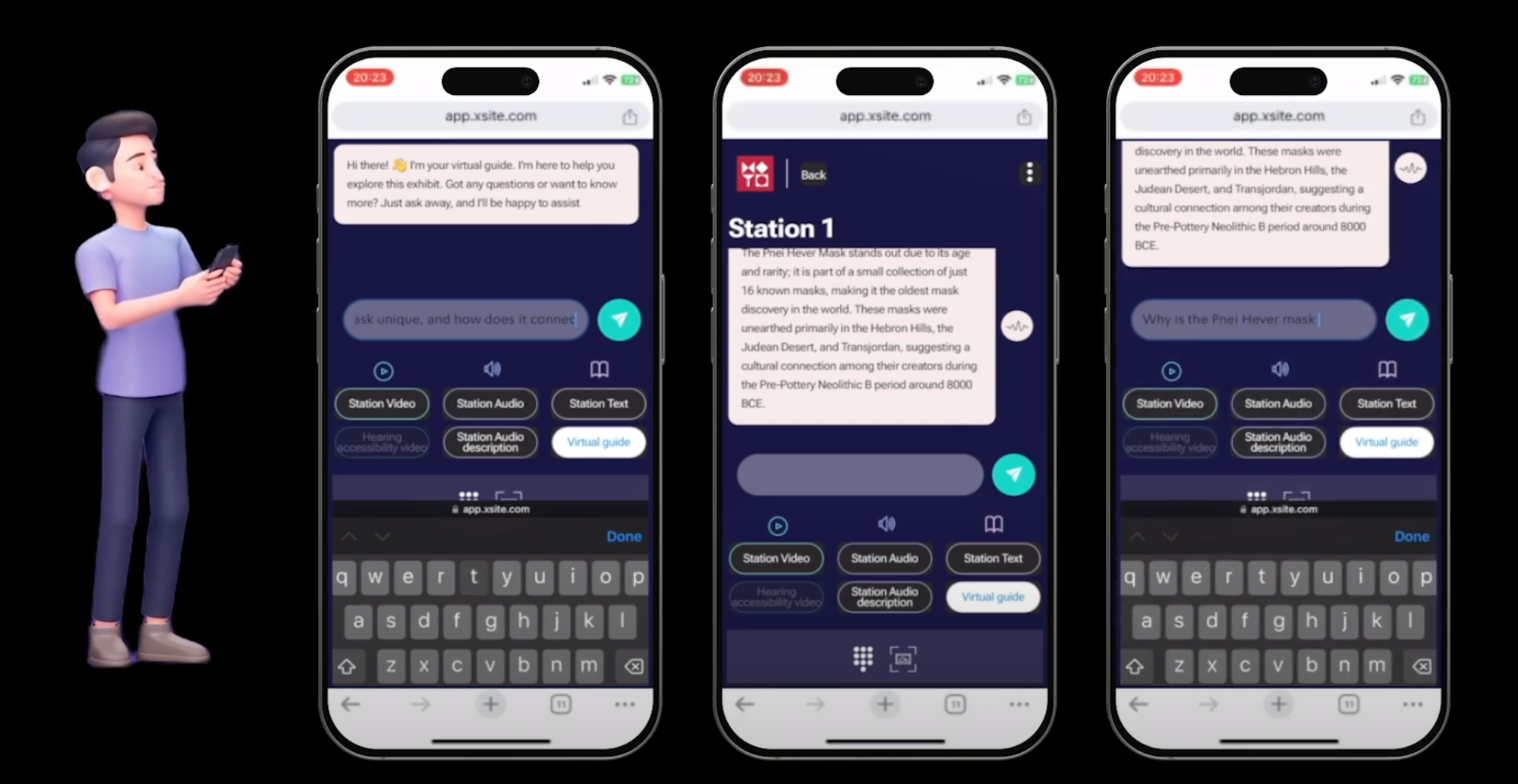
Where the Future Is Heading
Looking ahead, it’s clear that success won’t come from technology alone — but from thoughtful storytelling, delivered in formats today’s visitors actually enjoy. That increasingly means concise, dynamic, emotionally engaging videos that invite exploration, not just passive listening.
As multimodal AI continues to evolve — enabling not only understanding of text, image, and audio, but also the generation of rich media like animations, simulations, or interactive scenes — we believe museums will be able to go far beyond static content.
A Leg Up for Accessibility
One promising direction is accessibility. AI can play a transformative role in making cultural experiences more inclusive: from live translation and automatic captioning, to adaptive voice output, simplified explanations, or sensory-sensitive content. We’re actively exploring how AI can tailor information to different needs — helping every visitor feel seen, heard, and included.
Bespoke AI Experiences
Another exciting opportunity, especially for early adopters, are custom immersive AI experiences — tailored, story-driven interactions built for specific exhibits. These might include interactive walkthroughs, instruction powered by computer vision, choose-your-own-adventure narratives, or other games, quizzes, and formats that combine educational depth with emotional engagement. We see strong demand for this type of experience, and we’re already building new AI modules alongside our guide and video capabilities.
In the near future, we expect AI in cultural spaces to shift from being a passive tool that "answers," to an active partner in storytelling — helping institutions reach broader audiences, spark deeper engagement, and bring history and heritage to life in truly personal ways.
This is just the beginning. At Xsite, we’re excited to continue pushing the boundaries of what AI can do for culture — and to partner with institutions ready to imagine new forms of digital storytelling.
Want to read more like this?
Low volume. Short length. Focused content.
We know you're busy — only the good stuff, no noise.

